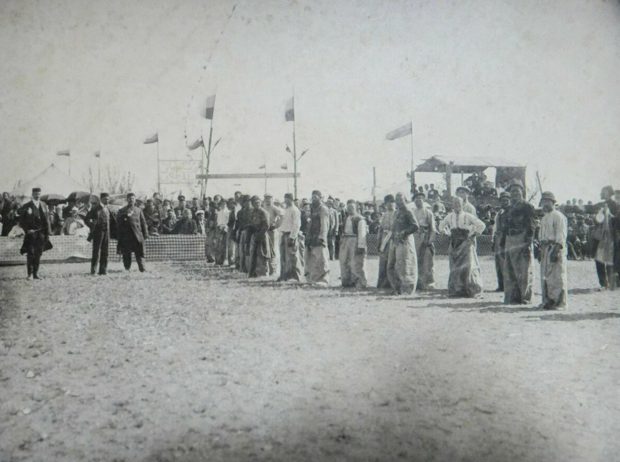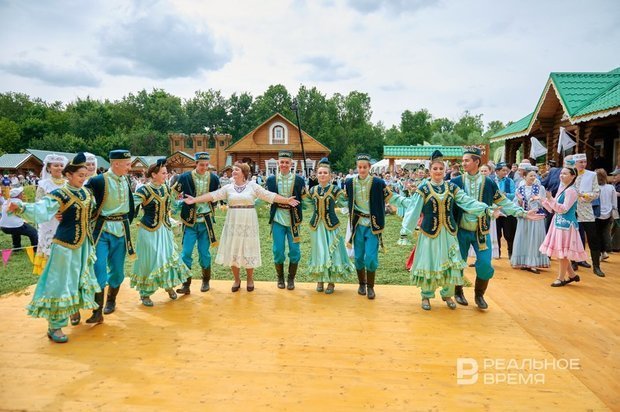Plough’s feast at the end of 19th century, with Soviet mayovkas and modern Sabantuy
Sabantuy traditions in the history of the Tatar people

It's hard to say where Sabantuy is not celebrated today. It is celebrated in villages and cities of the republic, in other regions, throughout the country and the world — where Tatar diasporas live. The organisers strive to enrich its content, return to traditional rituals. Meanwhile, in the old days, this holiday had its own differences. Where Sabantuy was celebrated for a whole week, which competitions are the most ancient, and which gift was considered the most expensive? Shamil Sadykov, Candidate of Pedagogical Sciences, senior researcher at the Institute of History named after Sh. Mardzhani at the Academy of Sciences of Tatarstan, continues to tell more about the traditions of celebrating the plough holiday for centuries in his blog.
At the turn of the 19-20th centuries
With the development of the Tatar national movement, on the wave of increased interest in the distinctive customs of the people, with the advent of the Tatar press, many articles describing Sabantuy were published both in Tatar villages and in large cities such as Kazan, Ufa, Orenburg. The authors of the articles emphasised the colour and scale of Sabantuy and called the revival of the spiritual and moral foundations of the holiday one of the ways to preserve the identity of the nation.

For example, G. Akhmerov in the newspaper Kazan Mokhbire (dated May 7, 1906) wrote:
"... it is necessary to appreciate the centuries-old folk traditions. If one nation's customs fade away, they are gradually replaced by the customs of another people, which leads to the disappearance of the nation. This has been repeatedly tested by historical experience.”

During the years of Soviet power
The traditional holidays of the Tatar people underwent a significant transformation. Sabantuy became a demonstration and propaganda event. A lot of time was devoted to long reports, procedures for awarding prizes and awards. There were attempts to “update” the centuries-old tradition, that is, holding all kinds of festivals, mayovkas using the basic elements of Sabantuy.
With the growth of the national consciousness of the Tatars, the increasing interest in historical roots changed the attitude to national holidays. A characteristic feature of the post-Soviet period was the desire to revive the forgotten traditions and rituals of Sabantuy. Various forms of support from the state made Sabantuy a national holiday.

However, recently Sabantuy has become more like an entertainment show and a performance
Today it is important to revive the folk traditions of aesthetic and physical education. It is necessary to comprehend the centuries-old national educational experience, the continuity of traditions. The formation of historical self-awareness and understanding of the world of citizens are unthinkable without a careful attitude to these spiritual treasures of the people, progress in public life.
Based on the monograph by D.R. Sharafutdinov “Historical roots and development of the traditional culture of the Tatar people of the 19-20th centuries.”